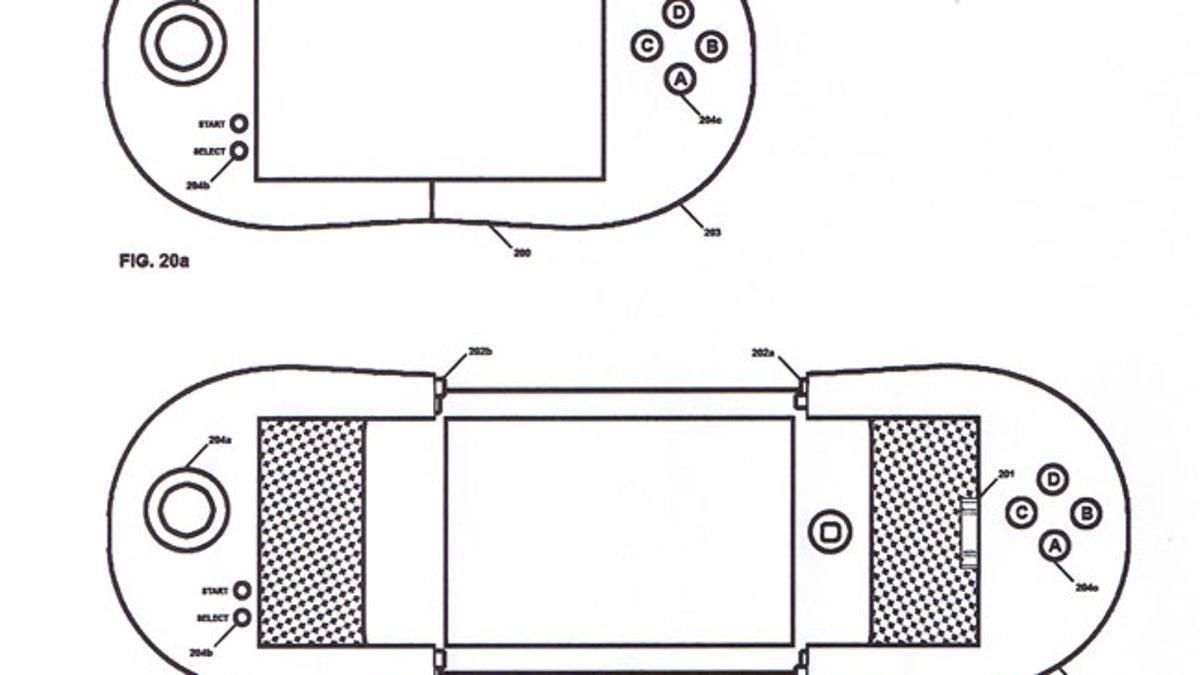How the iPhone can overtake all gaming handhelds in five steps
The iPhone 3G S is one small step for smartphones, but one giant leap for Apple's dominance in handheld gaming.

Apple had its own E3 press conference at the beginning of the week, with its newest model in the iPhone line finally being unveiled to the world. The
CNET Poll
Faster processor speed, more RAM. T-Mobile leaked the hard 3G S specs, and they're all-around zippier than the old 3G--which Apple confirmed when it promised overall speeds up to 2x faster. This will matter in particular with game load times and game crashes, both of which can tend to plague an overstuffed iPhone. While the spec bumps are relatively modest, the iPhone's game-playing prowess has already been more impressive than early pundits predicted, especially on recent releases like The Sims 3 and a PC-perfect port of Myst. The only thing missing now is...
Proper controller support. Sneaked in under the radar amid the iPhone 3G S news is the fact that the 3.0 software update allows third-party app interfacing with peripherals. While a larger focus on this functionality has been on medical devices, it's now possible for someone to make a clip-on control pad case and to have that controller be usable in any game. What should happen is that publishers gather to designate one universal controller that then gets adopted as the iPhone's "gamepad." The question is, who will make that accessory? For a while last year it was rumored to be Belkin, although it was unclear who would support the device. On consoles, the manufacturer usually settles these issues by making the controller themselves (except in the case of peripheral-driven games like
While it would be easiest if Apple made a gamepad, it's entirely unlikely. The whole appeal of the iPhone is its interface simplicity--too many plug-ins kill the minimalist chic. If a third party makes a controller, there's a likelihood that some publishers would support it, while others splinter off under some other controller accessory. Either way, someone should make sure there's a good consensus. Otherwise, soon enough we'll be buried in plastic miniperipherals, not unlike what's currently happening to (or plaguing) game consoles.
Open GL 2.0. As you may have heard, the iPhone 3G S is one of the few smartphones that can run OpenGL ES 2.0, which allows for more robust graphics and effects. Some say this alone can help the iPhone achieve PSP-level or greater graphics in games. The now "old-school" iPhone 3G, already pretty good at 3D graphics, is only able to render in Open GL ES 1.1. Some say this will split the App store into two sets of tiered games, one for 3G, one for 3G S. Others, like Rolando developer Ngmoco, say
Larger app sizes. Now that 16 is the new 8 and 32 is the new 16, there's more space for storing software. File sizes are already creeping larger--the recent Myst game broke the scales at three-quarters of a gig--and with direct downloading of TV and movies to the iPhone, there's no reason why 1-gig-range titles couldn't start proliferating on the higher end of the game spectrum. Needless to say, larger games at slightly higher prices should begin to equate to fuller, deeper titles.
Everyone else is becoming like them. The PSP Go, with its 16 gigs of memory, download-only gaming model and music/video purchasing capabilities, looks even more like a direct attempt to take on the iPod Touch. Nintendo's DSi not only shares an "I" in common, but it also has an online store, as well as touch, a camera and music playback. The move to cheaper downloadable games plays right into Apple's wheelhouse, since the industry at large is learning to publish and develop titles in a different manner than before. Making a DSi or PSP Go game will increasingly become similar to making an iPhone game, both in terms of budget and even system capabilities.
OK, we said five, but here's a sixth...
Penetration. With a year under its belt and an installed base of iPhone and iPod Touch owners at around forty million, the iPhone/iPod Touch platform has eclipsed next-gen console penetration numbers and started to catch up to the worldwide penetration of both Sony (50 million) and Nintendo's (100 million) devices. With a little more push, and the release of the supercheap $99 iPhone 3G, this will truly and legitimately be a three-platform race in 2010...if it isn't already.
(P.S....although it wasn't announced as part of 3.0, we hope someone cleans up the App Store a little and makes it easier to search through, especially as the number of titles continues to grow beyond belief.)

